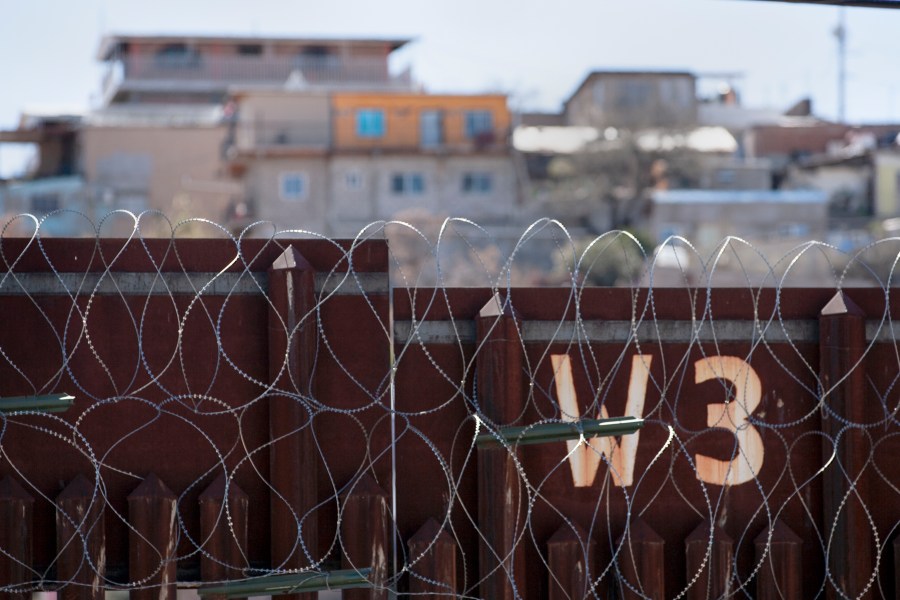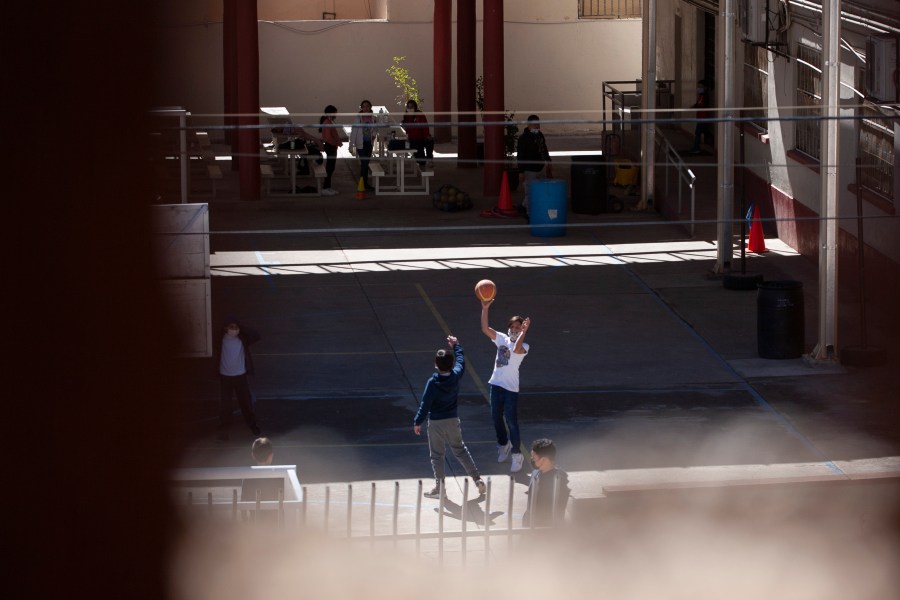NOGALES, Ariz. (NewsNation Now) — Nogales, Mexico, and Nogales, Arizona, share a name but are divided by wired fencing and an iron wall that overlook both the quiet American residential area and bustling Mexican city.
The Nogales wall dates back more than a century and has taken on different forms throughout history.
According to a New York Times report, both Nogaleses went to war for one day in 1918 after an American guard shot a Mexican citizen at the border crossing. After that, both governments agreed to construct a permanent chain-link fence between them.
What exists now is a more industrious, modern fence that is a continuing source of debate among residents, some of whom travel between the two places.
Manuel Castro is originally from Mexico but has lived in Nogales, Arizona, for the last 55 years. He established his life there long before the modern border fence was added, further separating the two cities, which he said have gotten a bad rap over the years.
“People are going to come anyway so why build walls?” he said.

The city in Mexico is more than 10 times the size of the town on the other side of the fence. The local newspaper in Nogales, Mexico, reported 365 murders in 2021. The most recent data from the FBI for Nogales, Arizona, showed there were zero murders there in 2019.
The crime does spill over, though. In October 2020, U.S. Border Patrol agents discovered a cross-border tunnel running beneath the streets of Nogales, Arizona — the 127th tunnel discovered in the Tucson Sector since 1990.
Law enforcement says the tunnels are used to smuggle people and drugs across the border.
But Castro, who has called the Arizona side home for several decades, says the wall is unnecessary and blames the smuggling and trafficking problems on a few bad actors.
“I think that the Nogaleses have an undeserved bad reputation. Sure, there were some shootings on the other side and some violence but that’s in the past. Now I think both cities are really peaceful,” he said.
The barrier separating Nogales, Arizona, to the north and Nogales, Mexico, to the south is more elaborate than those in other crossing areas. Razor wire coiled along the top of the wall is meant to deter people from scaling the structure or tossing over goods. Added chicken wire between the fence’s iron beams prevents materials from being passed through the gaps, locals have said.

But life in Mexico’s Nogales is still visible from Arizona through the fencing. Colorful houses sitting high atop mountains overlook the Mexico side of the fence, with a clear line of vision into the city’s Arizona counterpart. Just beyond the razor wire and metal bars, children’s laughter could be heard as a group played basketball in a schoolyard.
“I can tell you myself that with my church, I go across to some of the most dangerous neighborhoods In Nogales, Sonora, and nothing happens to me. Everybody knows me. We live in peace,” Castro said.